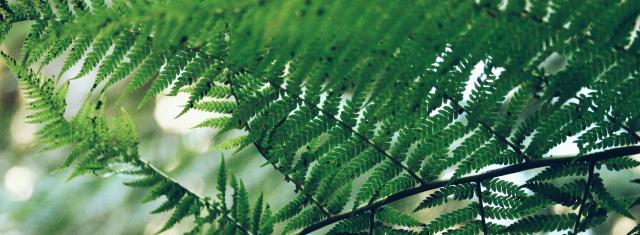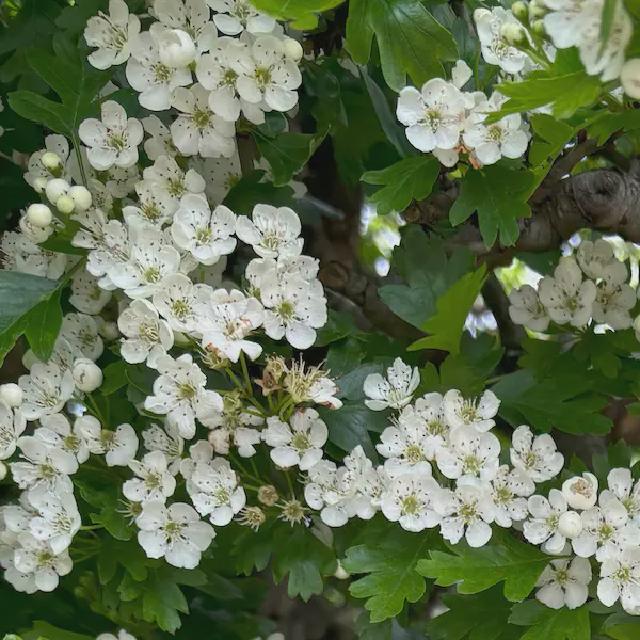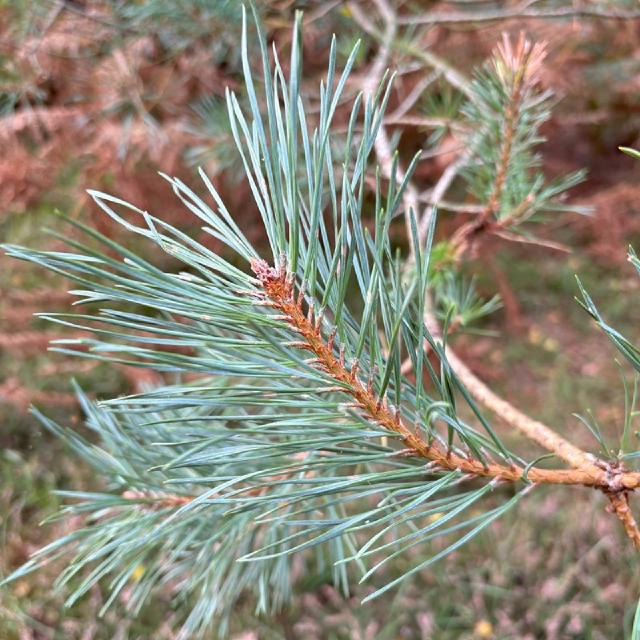Lichens are organisms formed through a symbiotic relationship between fungi and either algae, cyanobacteria, or both. In this partnership, the fungi provide a protective structure known as the thallus, which houses the algae. The algae, in turn, produce sugars via photosynthesis, sustaining both organisms.
Lichens are also excellent indicators of air quality. Many species are sensitive to pollutants, thriving in clean air while struggling in areas with high levels of nitrogen or sulphur dioxide. This sensitivity makes them valuable for monitoring environmental health.
The UK is home to an estimated 1,800 species of lichens, found in diverse habitats, from woodland to coastal rocks.

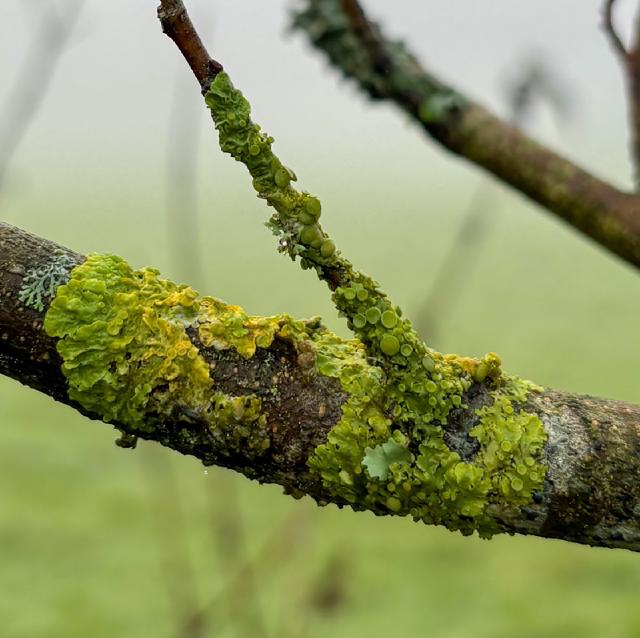
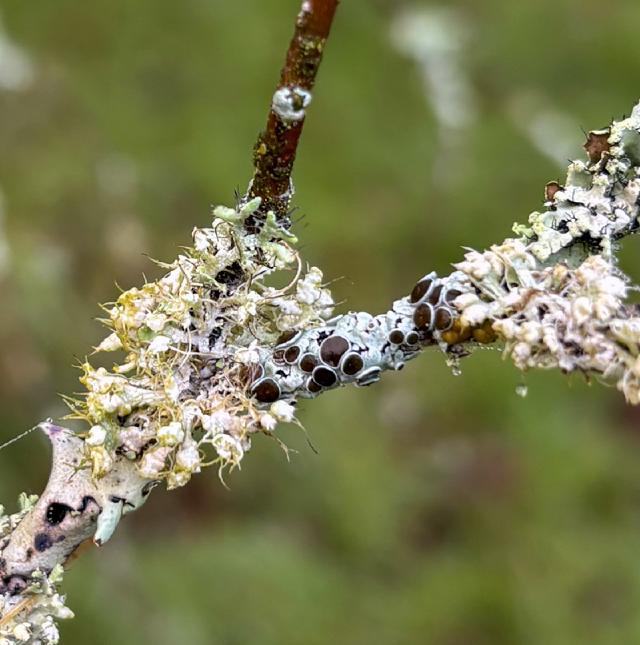
Types of lichen
Lichens are grouped into three main types based on their structure:
Crustose (crusty)
-
Closely attached to the surface they inhabit.
-
Form a thin, crust-like layer with no gaps between the lichen and the surface.
Foliose (leafy)
-
Feature leaf-like lobes with gaps between the lichen and the surface.
-
Often more flexible and easier to identify.
Fruticose (bushy)
-
Shrubby and branched in appearance.
-
Typically attached to the surface by a single holdfast.
References
British Lichen Society. What is a Lichen? Available at: https://britishlichensociety.org.uk/
